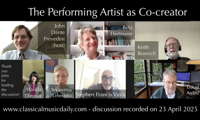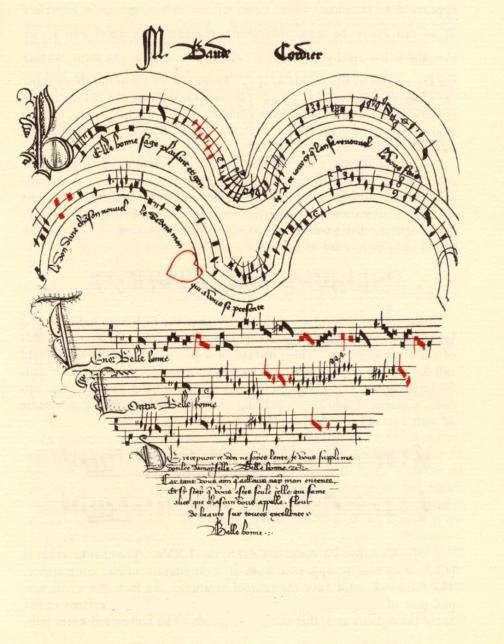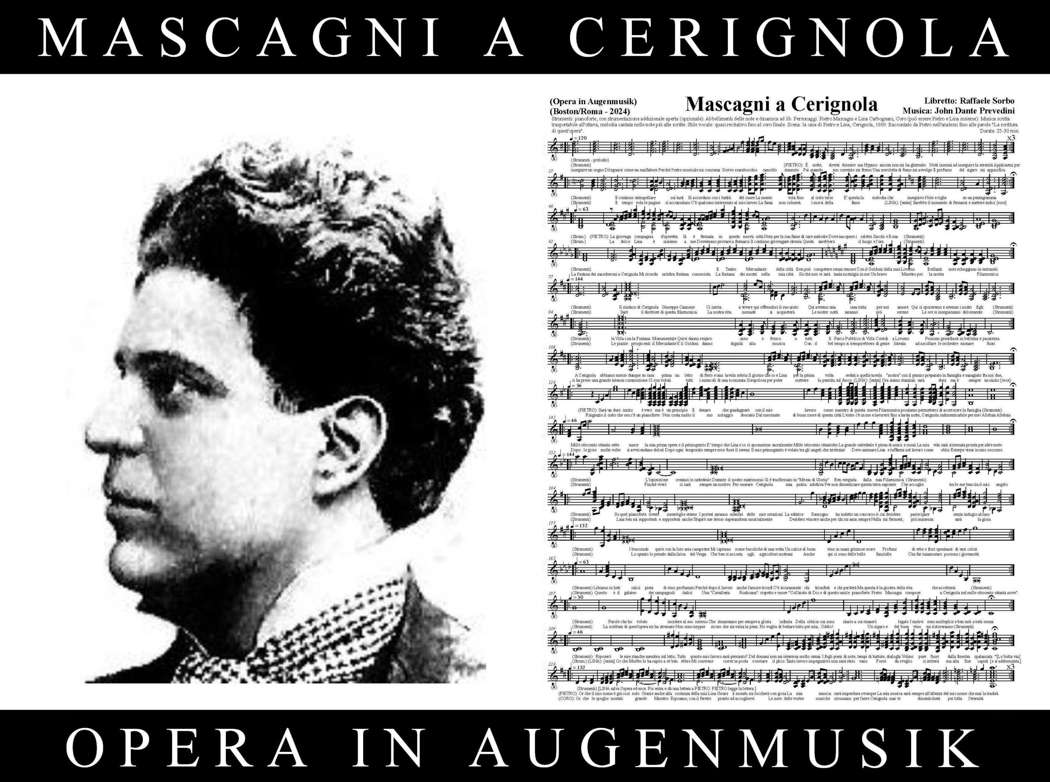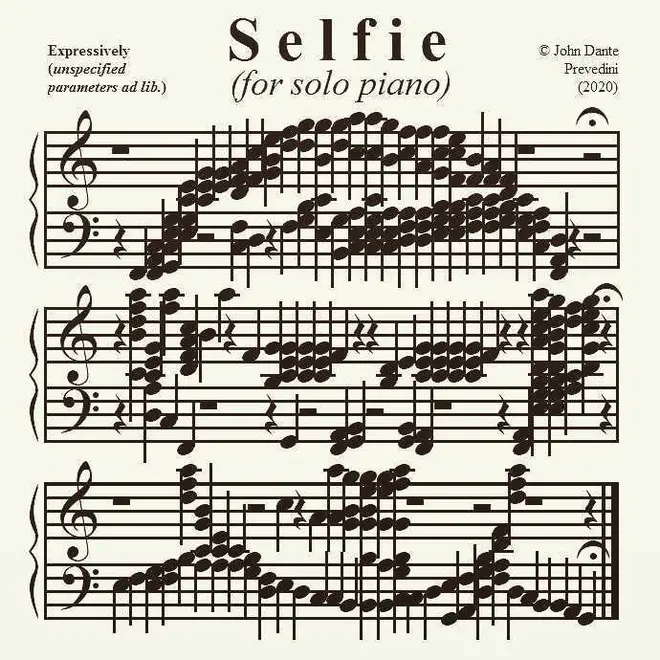 SPONSORED: Ensemble. A view from the pit - John Joubert's Jane Eyre, praised by Alice McVeigh.
SPONSORED: Ensemble. A view from the pit - John Joubert's Jane Eyre, praised by Alice McVeigh.
All sponsored features >>
- Guernsey
- Luc Bondy
- Carson Cooman
- Richard D'Oyly Carte
- nineteenth century
- Clara Wieck
- anonymous authors
- Dina Duisen
 DISCUSSION: What is a work? John Dante Prevedini leads a discussion about The performing artist as co-creator, including contributions from Halida Dinova, Yekaterina Lebedeva, Béla Hartmann, David Arditti and Stephen Francis Vasta.
DISCUSSION: What is a work? John Dante Prevedini leads a discussion about The performing artist as co-creator, including contributions from Halida Dinova, Yekaterina Lebedeva, Béla Hartmann, David Arditti and Stephen Francis Vasta.
Mascagni a Cerignola
Announcing the world's first 'eye music' opera
In Augenmusik ('eye music'), the notation contains graphical features which appear as visual art to the performer(s) or to someone viewing the score, but which are not noticeable by the listener. This is not a new phenomenon - examples date back as far as the early Renaissance and French composer Baude Cordier (circa 1380-circa 1440) and the High Renaissance of Josquin des Prez. Other examples include the Italian madrigalists, in particular Luca Marenzio (1553/4-1599), and, much more recently, American composer George Crumb (1929-2022).

Baude Cordier's Belle, bonne, sage is one of
the earliest known examples of 'eye music'
Mascagni a Cerignola, the world's first Augenmusik opera, was written between June 2023 and March 2024 as a collaboration between composer John Dante Prevedini and librettist Raffaele Sorbo. Mascagni a Cerignola was recorded during Summer 2024 by tenor Jared Alexander Wise and mezzo-soprano Allison Messier, accompanied by the composer on piano. This first recording was made available two days ago on YouTube.
The one-page score is a strategic transcription of the image of Italian composer Pietro Mascagni's face into notated music for two voices and piano plus additional open instrumentation, such that the visual contours of the face determine the melodic and textural parameters of the opera's entire sonic composition.

Meanwhile, the libretto tells the true story of how Mascagni and his wife Lina together changed opera history forever, in 1889.
The plot of the Italian libretto is as follows:
Note that Mascagni a Cerignola is not only the world's first 'eye music' opera, but is also an opera about an opera, and one could also say that it's a verismo opera about a verismo opera!
John Dante Prevedini has written previous Augenmusik compositions, including On Liberty (2022) - a nine movement solo piano suite where the performer is requested to improvise on each of the nine themes - and Selfie (2020), also for solo piano, which became very popular on social media during the COVID-19 pandemic.

John Dante Prevedini's Selfie (2020)
Visit Classical Music Daily's October 2024 newsletter page for more information about the new opera - you'll find there a link to the Mascagni a Cerignola recording, plus, at the very end of the video newsletter, composer John Dante Prevedini speaking about this new opera.
Posted 7 October 2024 by Keith Bramich



